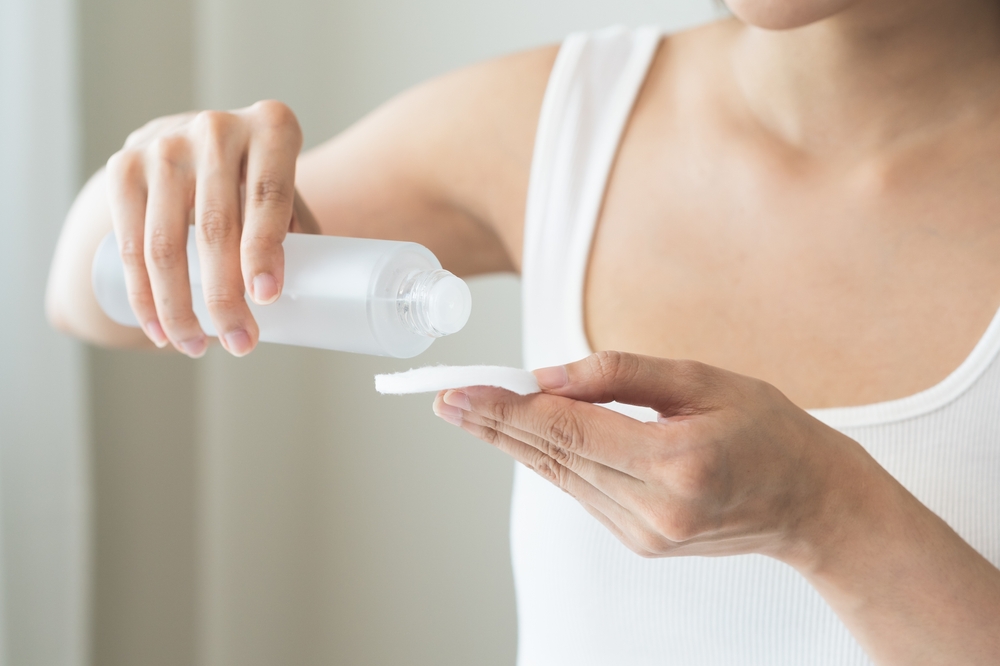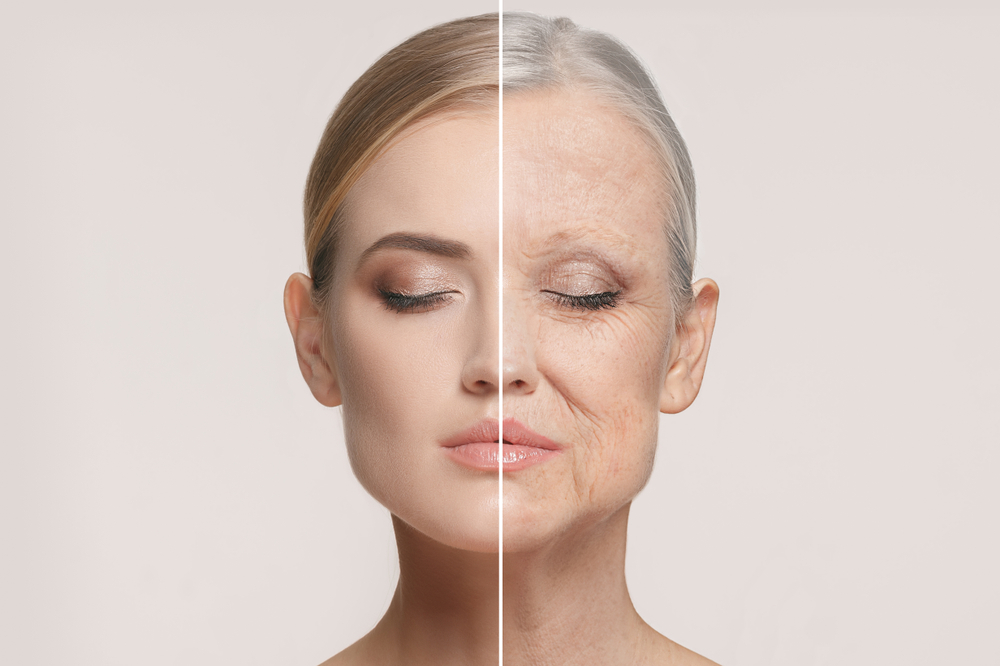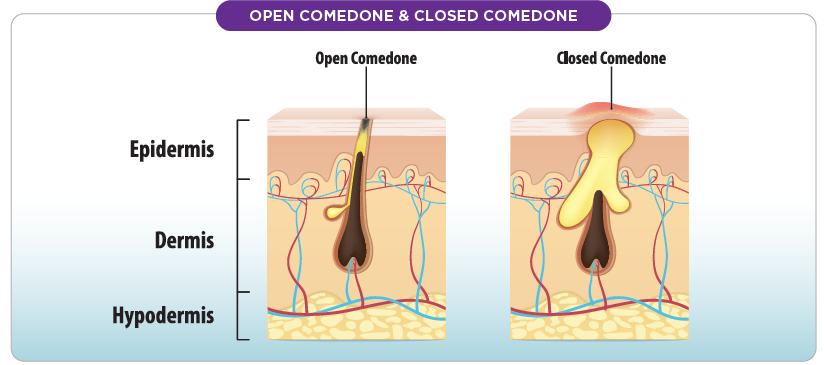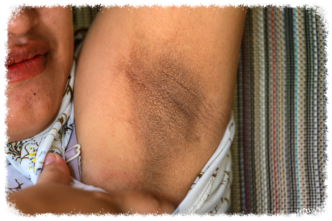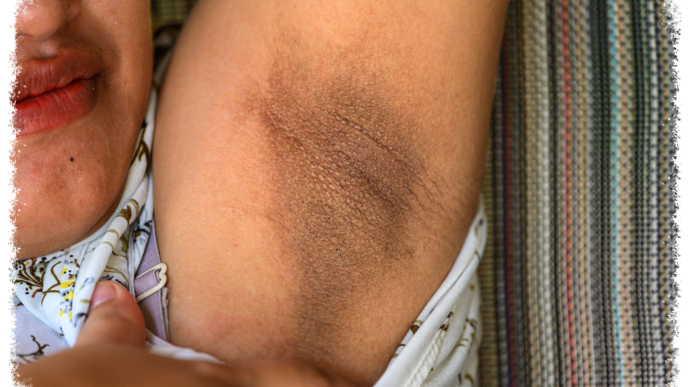What do toners actually do? Are they necessary in your skincare regimen?
Words Hannah May-Lee Wong
Every skincare brand has their own series of toners. They come in big hefty bottles and, for the most part, look like fancy packaged water. We are reminded time and time again that the full cleansing regimen consists of cleansing, toning and moisturising. Yet, toners have always been that in-between product – the step that’s easiest to skip and opt out of, mainly because we don’t know if they’re worth the time or money. After all, they may as well just be glorified bottles of spring water.
To make matters worse, some beauty lovers – even the avid ones – aren’t exactly sure what toners are for. That said, every time we pass by a beauty counter, we can’t help but wonder: should we give it another shot? Why are there so many types? How do we choose the right one? How would it benefit my skin? Well, it’s time we investigate some of these questions.
REMOVING RESIDUES
Options for toners are aplenty. You may find that different toners claim very different skincare benefits. It all depends on the ingredients contained in each product. For the most part, they do have some things in common. Overall, most toners work as an aid to your cleansers. Even after cleansing with your regular face wash, there may still be traces of oil, makeup residue, dirt and dead skin cells that might have been missed. Toners help remove these.
PREPARATION FOR MOISTURISING
After cleansing and drying, patting a toner onto your face wets it again in preparation for other products to lay atop. Moist skin is known to help other products (such as your serum or moisturiser) penetrate faster and absorb more effectively. But wait, wouldn’t plain water do the trick as well? Yes, it would. However, most toners have an added benefit of containing ingredients that shrink the pores after cleansing. This helps prevent dirt and impurities from re-entering the skin. Furthermore, the newer toners act as water-based vessels that carry other active ingredients as well.
Active ingredients
The beauty industry is competitive and brands find all sorts of ways to incorporate popular ingredients into their products to market them as multi-functional. This isn’t necessarily a bad thing. With good guidance in choosing the right products for your skin, you will likely reap the benefits and most probably will end up with a multi-functional product that you love. More specifically, many toners double up as exfoliators, moisturizing lotions or pH balancers. It all depends on the formulation of the product. Active ingredients could range from certain acids, glycerin, antioxidants, anti-inflammatories and even anti-aging ingredients.
The acids are helpful for oily, acne-prone skin. Salicylic and glycolic acid help exfoliate the skin, prevent clogged pores (which cause blackheads and pimples) and prevent ingrown hairs. Antioxidants such as vitamin C brighten the complexion, while aloe vera and vitamin E are anti-inflammatories which calm red and sensitive skin.
Glycerin and glycol are good humectants, which means they bind to and help retain moisture on the skin. They also buffer the skin’s pH levels. Due to the alkaline properties of most cleansers and soaps, they could leave your skin’s pH levels imbalanced after washing. In turn, the cleansing process may stress your skin out, leading to an overproduction of oil. Toners with these ingredients help bring your pH back to its natural acidic pH of between 5-6.
BEWARE OF HARSH INGREDIENTS
Some toners, especially the older generation, traditional ones, are also known as astringents. These are potent but harsh alcohol-based products, and their main function is to remove excess oil from the skin. Alcohol as a skincare ingredient is good for oil control as it is drying and has antibacterial properties for fighting acne. Unfortunately, too much of it may irritate and strip the skin of its natural barriers. Most dermatologists advise against using products like these as they can bring more harm than good. Plus, there are many other options out there that are not as harsh on the skin.
How and when to use toners
Toners are best used immediately after cleansing. Some beauty gurus even say you should apply within a minute after cleansing. There are many methods of application, but as with most matters of beauty, there are no rules set in stone (so you should just have fun with it!). You may want to use a cotton ball or pad to pat it on your face, spritz it on (if it comes in a spray) or even tap it into your skin with your bare fingers; it’s up to you. Just be sure to cover your entire face and neck while applying. It’s worth to note that some toners contain particles of ingredients that settle at the bottom of the bottle, so don’t forget to shake thoroughly before use.
Bonus: If you’re really looking to amp up your beauty regimen, try the newest Korean beauty craze that claims to maximize hydration by fully utilizing your toner. It’s called the “7 Skin Method”, so named because in Korea, toners are popularly referred to as “skins”. Typically, a hydrating alcohol-free toner or essence should be used. Although the method is as easy as ABC, it is time consuming. As the name suggests, you apply your toner seven times, and you wait for your toner to dry on your skin each time before applying the next layer (it takes 2-3 minutes each time).
For more insight, here is an expert’s take on toners.
| Dr Ch’ng Chin Chwen
Consultant Dermatologist |
ARE TONERS NECESSARY?
First of all, what are toners? The “first generation” toners were mainly astringents containing alcohol, which are drying to the skin. Some people, especially those who feel their skin is “too oily”, use it as a second cleansing step to wipe off sebum on the skin’s surface. Others use it to enhance the absorption of serums and moisturisers, which are often applied after the toner. If you are referring to these types of toners, then they are absolutely not necessary to incorporate into your regimen. In fact, I will advise against using these types of toners as they strip away your natural moisturising factors and are harmful to the skin’s barrier function.
The “newer generation” toners have somehow evolved into something more like “water moisturisers”. They restore the skin’s pH and moisture levels after face wash, and some even have antioxidants added into them. That said, toners are still not completely necessary, but they can be beneficial. If you don’t mind an extra step in your skin care routine and if you have the budget for some pricey “broths of water”, then why not?
HOW DO YOU CHOOSE THE RIGHT TONER FOR YOUR SKIN?
If you have acne-prone skin, choose those that contain AHA, BHA or glycolic acid. Those with salicylic acid may help too but use with caution as they can be irritating.
If you have dry and sensitive skin, choose those with pH balancing and hydrating properties. Avoid those with parfum (fragrance) or those that have sensitisers as preservatives. Beware, even those labelled “hypoallergenic” may sensitise the skin too. Apart from parfum and known skin sensitisers, please avoid the following ingredients: denatured alcohol (SD), witch hazel and menthol (unless used in very minimal concentrations, as this “refreshing feel” ingredient can be irritating to the skin).
Lastly, if you have dull or mature skin, choose a toner with antioxidants and hydrating properties.


